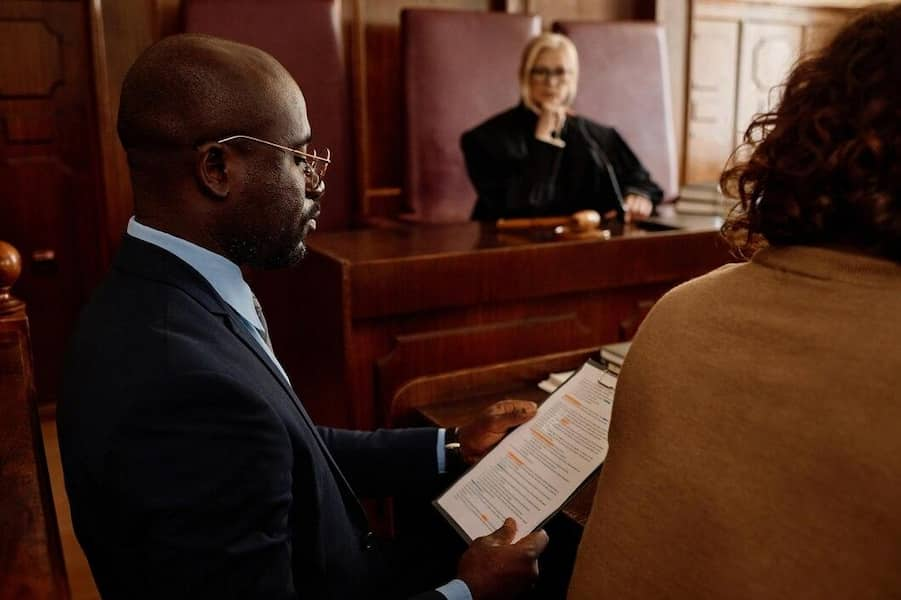

Welcome to World Environment Day, where this year's theme shines a spotlight on Land Restoration, Desertification, and Drought Resilience. But what's the big deal about these topics? Well, let's dive in.
Imagine this: Land is getting worn out, turning into deserts, and the population is facing droughts. What happens next? Conflict. Yep, you heard that right. Land degradation stirs up fights over who gets to use what land and how. Ever heard of heated debates over whether we should cut down trees for farms versus saving them for nature? It's a real thing. So real that if you recall the debate about Mau Complex evictions then this point is home.
And then there's desertification. As land becomes more like a desert, everyone scrambles for the little good land and water left. It's like a battle royale among communities, farmers, and businesses. Heard about the fights over grazing lands or water sources? It's happening, and it's causing tensions between neighbors and even countries.
But wait, there's more. Droughts hit hard, causing fights over water, jobs, and even relief aid. Families are torn apart as people leave their homes in search of work elsewhere. And when drought crosses borders, it sparks disputes over shared resources.
But here's the kicker: these fights can be stopped in their tracks. We can use something called pre-dispute resolution to nip these problems in the bud.
Picture this: the laws governing land and its use are like the guardians of our earth's precious resources. But to be effective guardians, they must do a few things:
First, they should be like a shield, protecting the rights of local communities. Imagine a world where everyone has a say in how their land is used, where their voices are heard loud and clear.
Second, they should be crystal clear, like a beacon of light cutting through the darkness. Transparency is key. When everyone knows the rules, there's less room for confusion and conflict.
Third, they need to be like a tightrope walker, balancing the needs of all involved. Farmers, herders, businesses—they all have a stake in the land. The laws should ensure that everyone's needs are met fairly.And finally, when disagreements arise, there should be a roadmap for resolution. Like a trusted guide leading us through a maze, clear methods for settling disputes ensure that justice prevails and harmony is restored.
So, let's ensure that our laws concerning land are not just rules on paper, but guardians of our planet's well-being, ensuring fairness, transparency, and harmony for all.
Back to our theme, for land restoration, let's get everyone talking. Bring locals, landowners, and policymakers together to come up with plans and fix degraded areas. We can even use cool technology like GIS systems to map out where help is needed most.
Now, desertification. Picture this: early warning systems to predict trouble before it hits, and educating communities about smart land management to stop things from getting worse. Imagine this: a coalition of neighbors coming together, armed with centuries of indigenous wisdom, ready to take on the mighty challenge of desertification. It's a scene straight out of an epic adventure, where communities unite to reclaim their lands and safeguard them for generations to come.
Think about it: if the vast Sahara Desert can see glimmers of redemption, why can't we do the same for other desert lands? With our combined knowledge, innovation, and determination, there's no telling what we can achieve.
So let's join forces, harnessing the power of our collective wisdom, to turn barren wastelands into flourishing oases. Together, we can rewrite the story of our planet, one sandy dune at a time.
And when it comes to droughts, dry spells should have nothing on us because we are ready.
Picture this: a community standing strong, unshaken by the dry whispers of drought. With hearts united and minds prepared, they are ready to face whatever challenges come their way.
Together with governments, they roll up their sleeves and get to work, crafting plans to mitigate the effects of drought before it even strikes. They build resilience like mighty fortresses, ensuring that their livelihoods and resources are safeguarded against the harshness of nature.
But they don't stop there. They arm themselves with knowledge, training in the ways of drought-resistant farming. They learn to cultivate the land even in the driest of times, turning adversity into opportunity.
And when it comes to sharing water, fairness is their guiding star. They make deals that ensure everyone's needs are met, fostering harmony and cooperation even in the face of scarcity.
So let's follow their lead, ready to take on droughts with courage and conviction. Together, we can weather any storm that comes our way.By using these pre-dispute resolution methods tailored to our land, desert, and drought challenges, we can turn conflict into cooperation, responsibility, and sustainable solutions. And that, my friends, leads to stronger communities and a healthier planet.
 June 5, 2024
Harmony on the Horizon: Bringing Communities Together to Address Land Challenges with Pre-Dispute Resolution
June 5, 2024
Harmony on the Horizon: Bringing Communities Together to Address Land Challenges with Pre-Dispute Resolution
 April 26, 2024
Shared Responsibility: Disaster Management Between Kenya's National and County Governments
April 26, 2024
Shared Responsibility: Disaster Management Between Kenya's National and County Governments
 April 17, 2024
Guarding Justice: Hire Not Persons masquerading as Lawyers
April 17, 2024
Guarding Justice: Hire Not Persons masquerading as Lawyers
 March 25, 2024
Hatua za kushtaki mtu kwa uhalifu
March 25, 2024
Hatua za kushtaki mtu kwa uhalifu
 March 25, 2024
The stages of criminal prosecution
March 25, 2024
The stages of criminal prosecution